Although we all know and love the Mickey Mouse we grew up with, our childhoods could have been very different if he wasn’t the replacement for another character.
Walt Disney’s ‘Oswald the Lucky Rabbit’ was a popular cartoon rabbit making its first on-screen appearance in 1927. Unfortunately, Oswald would soon be replaced in 1928 when his character/ animations were bought out. Disney tried his best, but when he realized he wouldn’t be able to retrieve control of Oswald, he set a plan into action to create a new “funny-looking” animated animal cartoon character to feature instead.
This is how the infamous Mickey Mouse character we know, and love was created.
What is the Steamboat Willie movie?
The world’s first look at the new Mickey Mouse character was during the animated cartoon, ‘Steamboat Willie’. Produced by Walt Disney, ‘Steamboat Willie’ was released on November 18th, 1928, and has been distinguished as both Mickey and Minnie Mouse’s debut on-screen.
During ‘Steamboat Willie’s’ initial premiere test-screening, the audience were amazed as they had never seen anything like it before. The question, “Who the heck is this Mickey Mouse character?” was frequent amongst the crowds.
This animation established the era of American animated short films and launched Walt Disney and his loved mouse to international fame.
Although, if our generation were to watch it today, we wouldn’t be nearly impressed; However, this renowned film was very ahead of its time being the first Mickey Mouse film with synchronized sound and animation.
After this amazing feedback, Disney followed the money and decided to stick to sound filled movies, therefore throwing silent animations down the drain, and to launch an empire off the creation of a talking mouse.
The design:
Throughout his many influential generations, Mickey Mouse has had many different ‘looks’.

Since Mickey was initially a replacement for Oswald the rabbit, during his earlier years they were very similar except for the ears, nose, and tail.
Ub Lwerks was the designer behind Mickey’s first style and decided to use varying circular shapes for a simpler animation process. Other Disney employees believed Lwerks simple circular design played a part in its success, as it made him more dynamic and appealing.
The most noticeable aspect of the circular design on Mickey’s was his ears.
In the 1940’s, his ears were re-drawn to appear more realistic from all angles, not just the front. This re-design created the unofficial trademark we can all easily recognize today, Mickey Mouse’s ears.
Then in 1938, animator Fred Moore proposed a newly designed ‘pear-shaped’ body for Mickey. Wanting to do something different, Moore was the first animator to fully draw away from Mickeys round, circular design, and Walt Disney loved it so much he kept it like that for generations.
The beginning of Mickey’s career (how he progressed):
Initially Mickey Mouse wasn’t even called Mickey, it was Mortimer Mouse; However, Walt’s wife made him change it (thankfully). To begin with, the very first original Mickey was designed to appear more like an animal and participated in tough, illegal behavior, like drinking, smoking, and cavorting.
Over the following decades Mickey Mouse was reviewed and made to be more suitable for children, getting rid of his original behaviors. If you think about it, Mickey had quite a mild middle-class life, yet Disney found ways to draw viewers in, and we were hooked.
Walt Disney’s biggest symbol has always been Mickey Mouse, and everybody knew it. From their films, tv-shows, clothing, home goods, and is the main mascot for all the Walt Disney theme parks.
Portrayal/Merchandising:
Throughout Walt Disney’s many influential generations, Mickey Mouse was deliberately transformed out of a character, and into a globally identifiable brand that many people (not just children) bought into.
“No doubt of it. Mickey Mouse is the greatest thing in the history of merchandising.”
Kay Kamen, Walt Disney’s very first licensing agent
In the 2004 edition of Forbes list of “fictional billionaires”, you can find Mickey Mouse high on its renowned list.
Even recently, a lot of Disney’s earnings has come from Mickey Mouse themed adult apparel. Some famous companies that sell/ sold items branded by Mickey to adults are Apple, Gucci, Kate Spade, Uniqlo, L’Oréal, Maybelline, and many more!
So, how has Disney been able to influence consumers to buy products with a smiling mouse on it?
Well, once he was transfored into a globally identifiable symbol, Disney could morph him into anything the consumer needed him to be. Of course, in places he could control the influence, Disney tried very hard to connect Mickey with childhood, goodness, and hope.
Universal mascot for everybody:
If you were to ask everybody in the world if they knew or have seen images of Mickey Mouse in their life; the majority would say yes, yes, I have.
Observing market research, in the US Mickey Mouse has a 97% name acknowledgement, which is even higher status than Santa Claus.
Walt Disney was very smart with his advertising and symbolisms when it came to public affiliation, as Mickey Mouse has been a persistent worldwide icon.
Mickey attracts children’s attention because of his bubbly personality, and simple and bright cartoon design like in today’s day and age the “Mickey Mouse Clubhouse” TV show. Many of Disney’s products are also mainly targeted towards younger children, like stuffed animals and toys.
As for adults, researchers have found that they are more attracted to ‘childlike faces’ because they tend to provoke an amount of attachment in the viewer. In most older fans or viewers, Mickey Mouse prompts their nostalgia and reminds them of simpler times.
Concerning our oldest generation, they’re also subject to Disney’s advertising and symbolism. This was the generation that fought in the front lines during the Second World War, but still grew up watching Mickey Mouse. Mickey was used as a symbol of hope and helped them manage the fears of the war. Even in 1936, Disney had accepted a requisition to paint some animations on the planes to uplift the spirits of soldiers from an air team on the USS Wasp. Disney was very onboard with this initiative because they wanted to make sure that Mickey Mouse, and other characters were intertwined in support for the troops.
“Mickey Mouse is, to me, a logo of independence. He was a way to an end of all the miseries.”
Walt Disney
While I was growing up, I was fortunate enough to have been able to visit many of Disneyworld’s locations. It was my favourite place to travel to and hold some of my fondest memories. Even to this day, it brings so much nostalgia that it still holds a special place next to my heart.
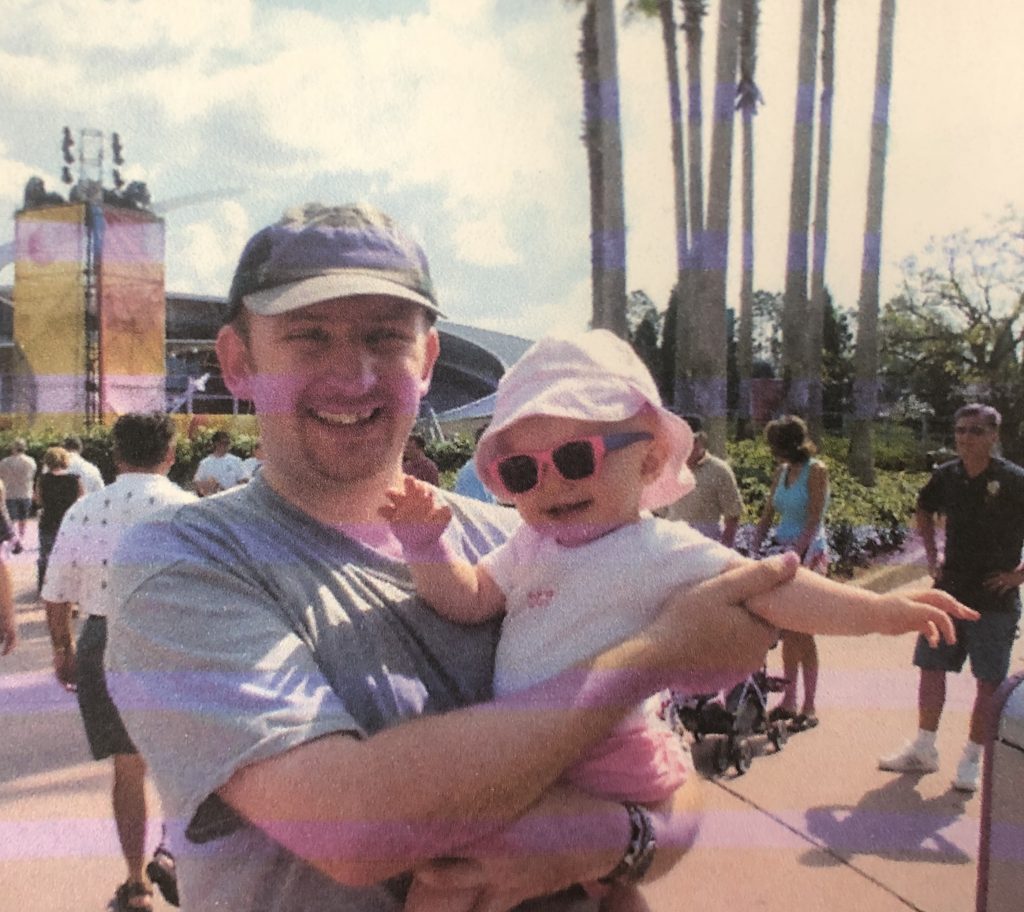
Header Image Cite: https://www.disneyfoodblog.com/2021/09/01/the-man-you-should-really-thank-for-mickey-mouse-and-it-isnt-walt/
Research Cites:
https://en.wikipedia.org/wiki/Mickey_Mouse
https://www.britannica.com/topic/Mickey-Mouse
https://www.waltdisney.org/blog/birth-mouse
https://bookstr.com/article/how-steamboat-willie-made-mickey-mouse-an-icon/
https://disney.fandom.com/wiki/Steamboat_Willie
https://www.moma.org/collection/works/302797
https://medium.com/tphfamily/birth-and-significance-of-mickey-mouse-4bdb9b31c628
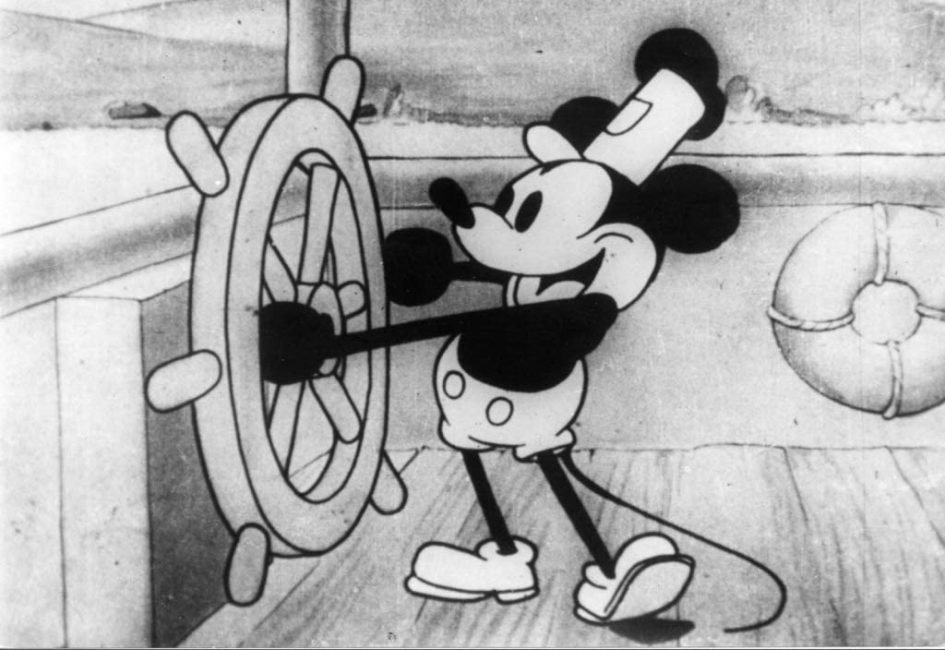
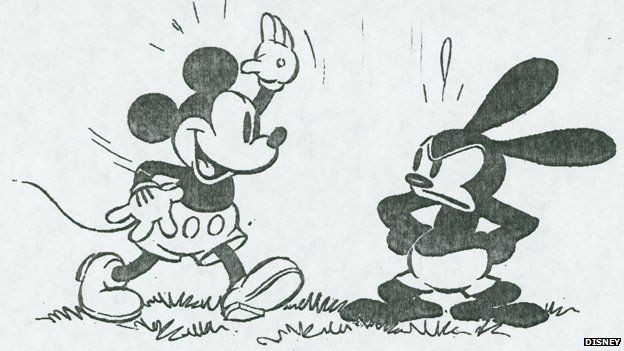
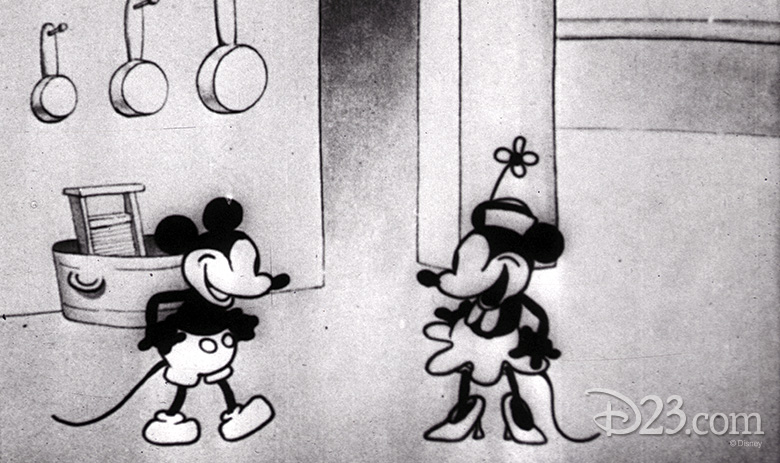
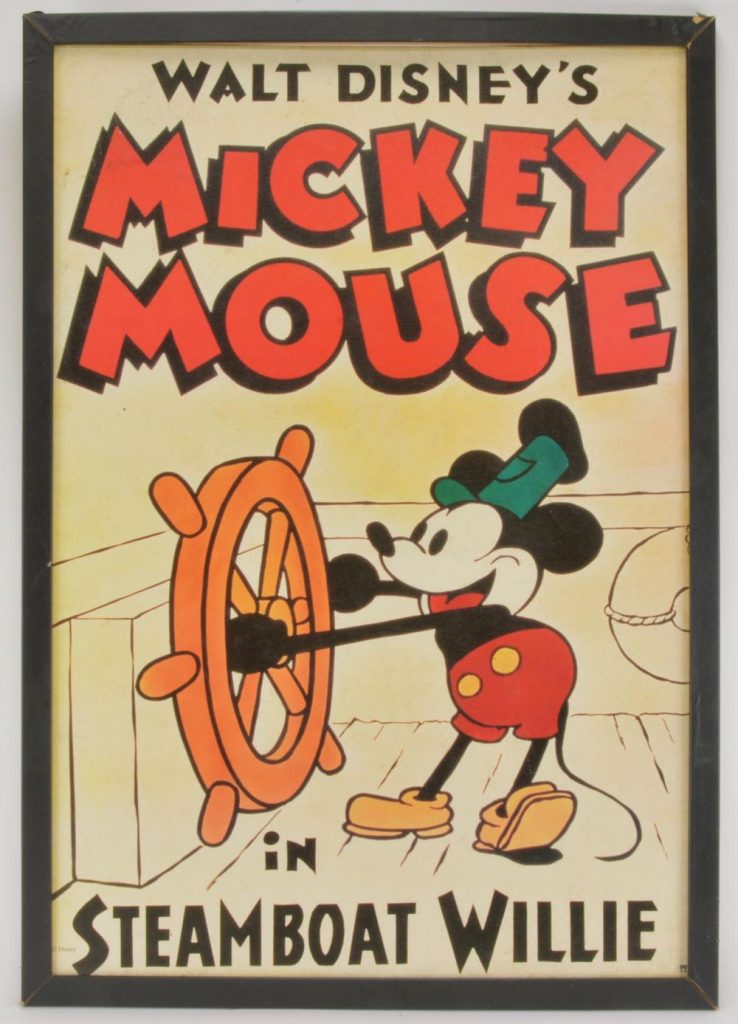
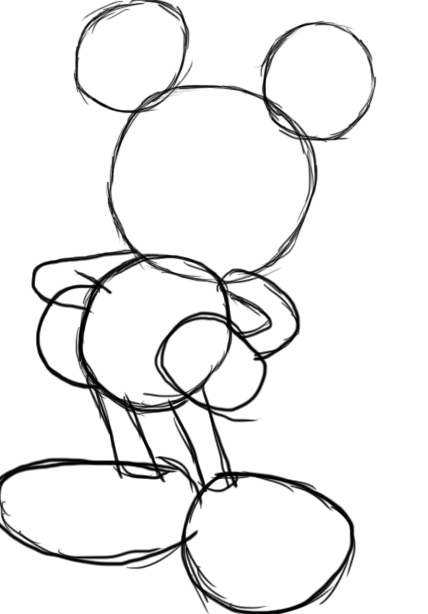

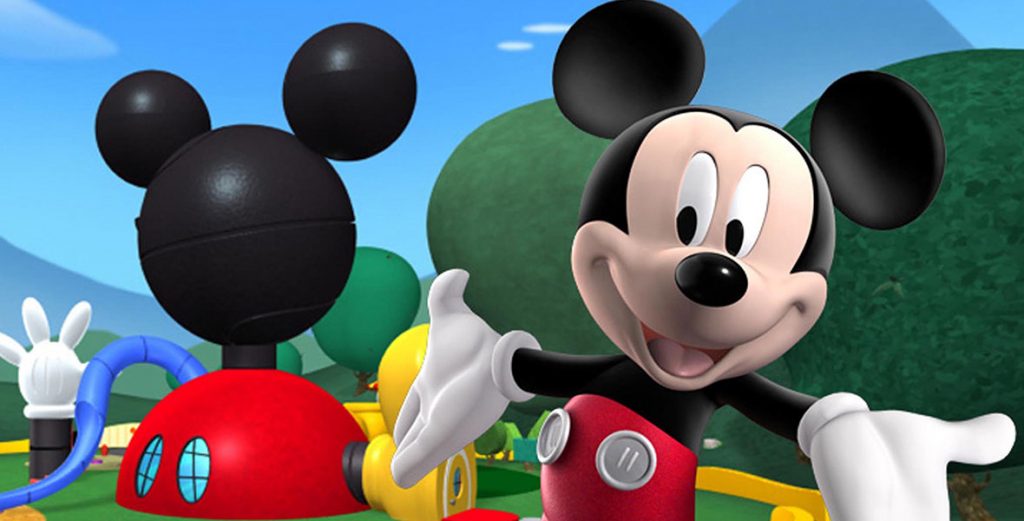


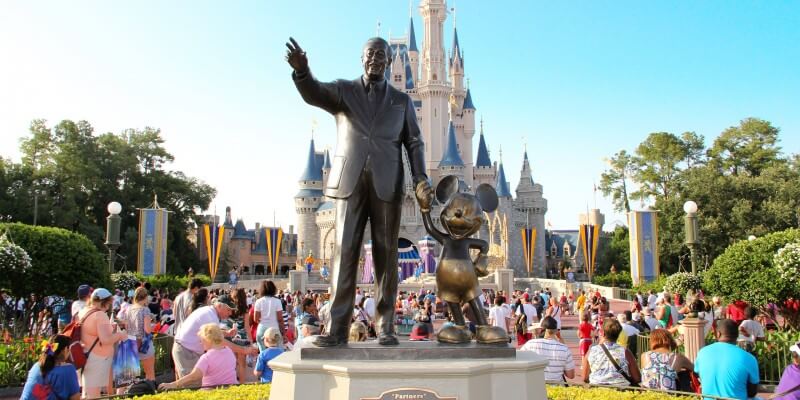
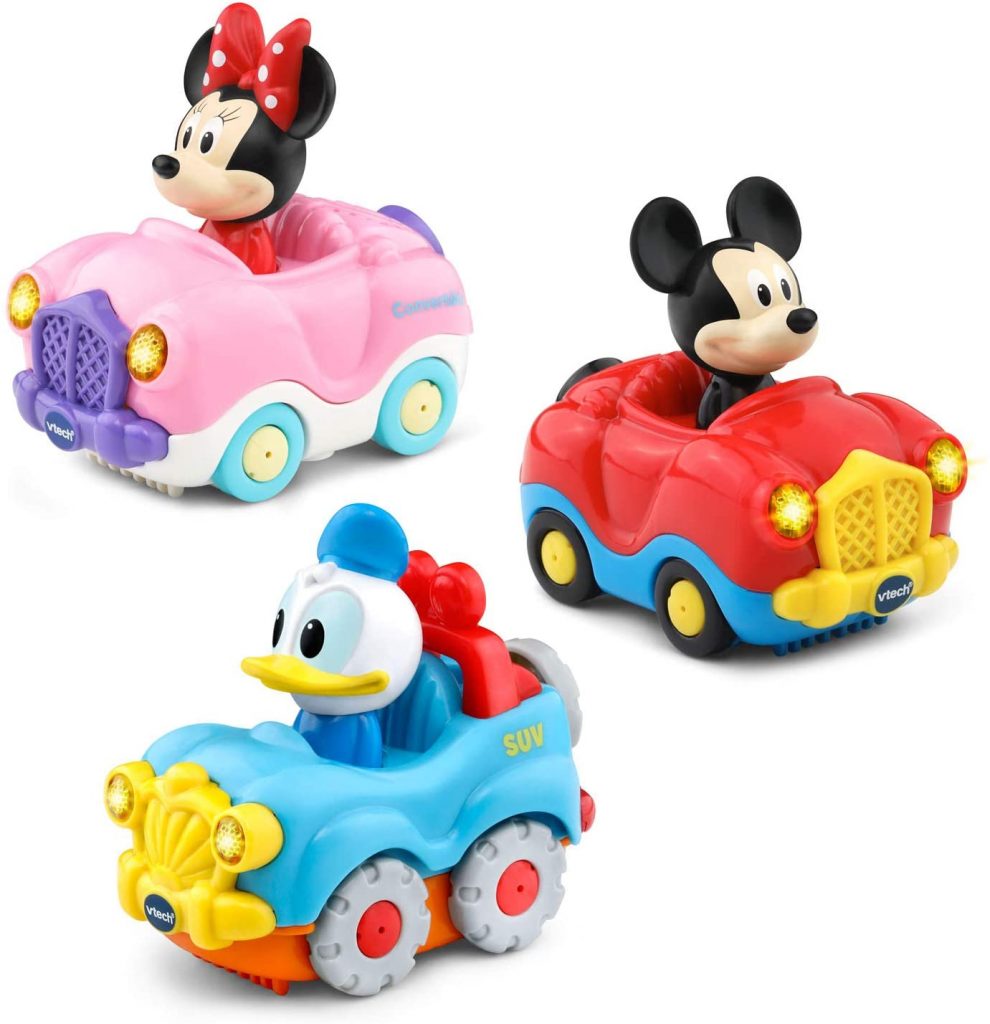
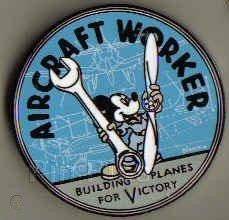

Leave a Reply